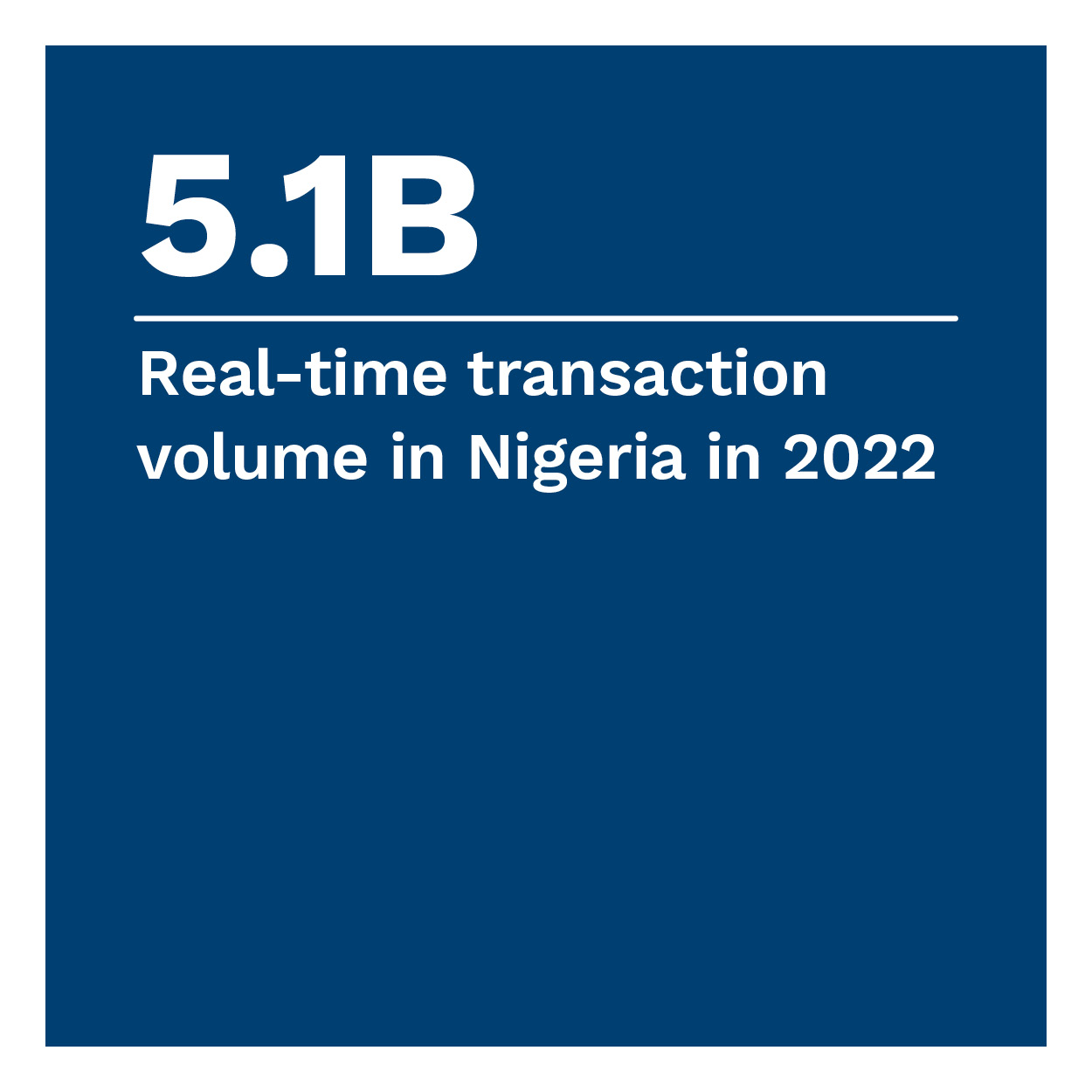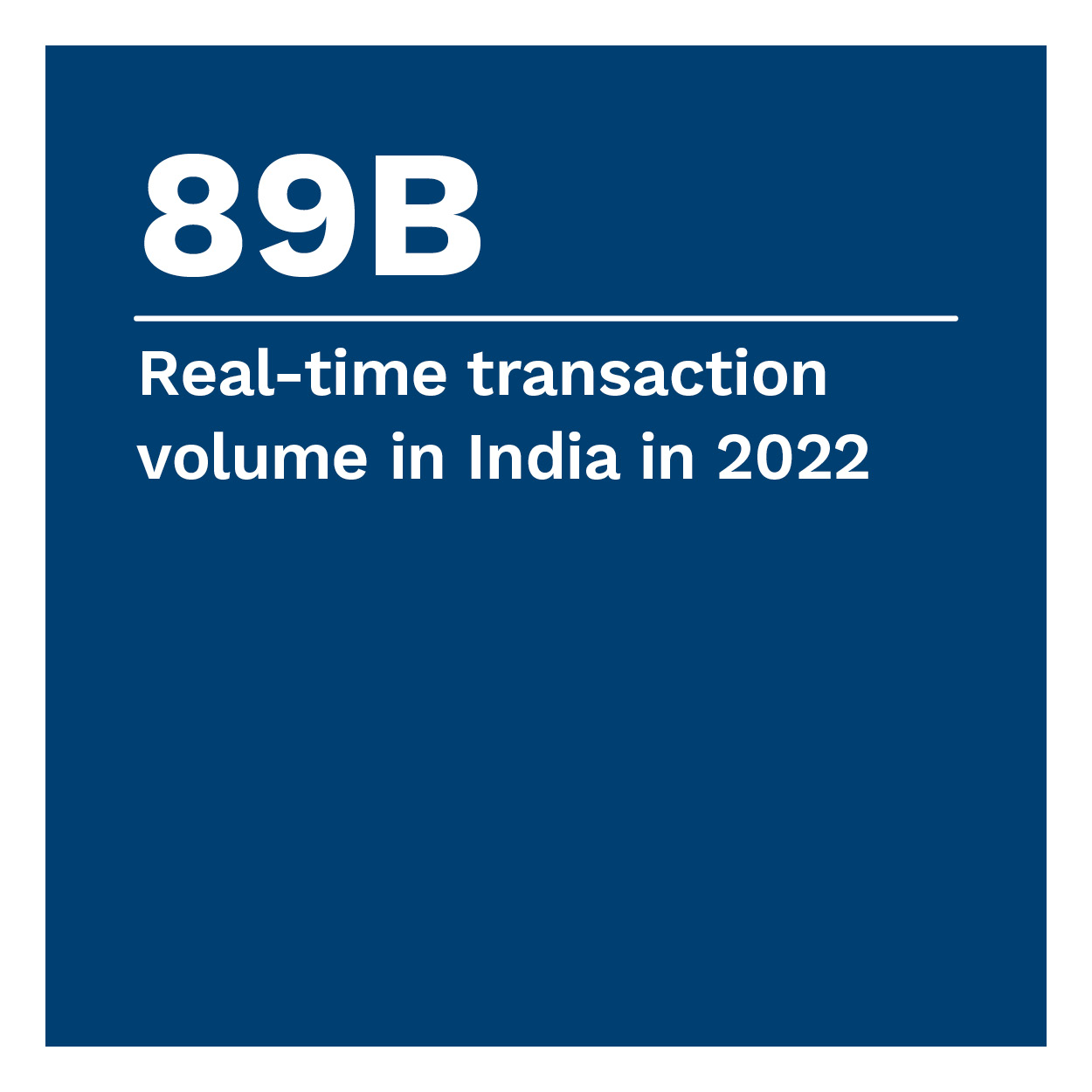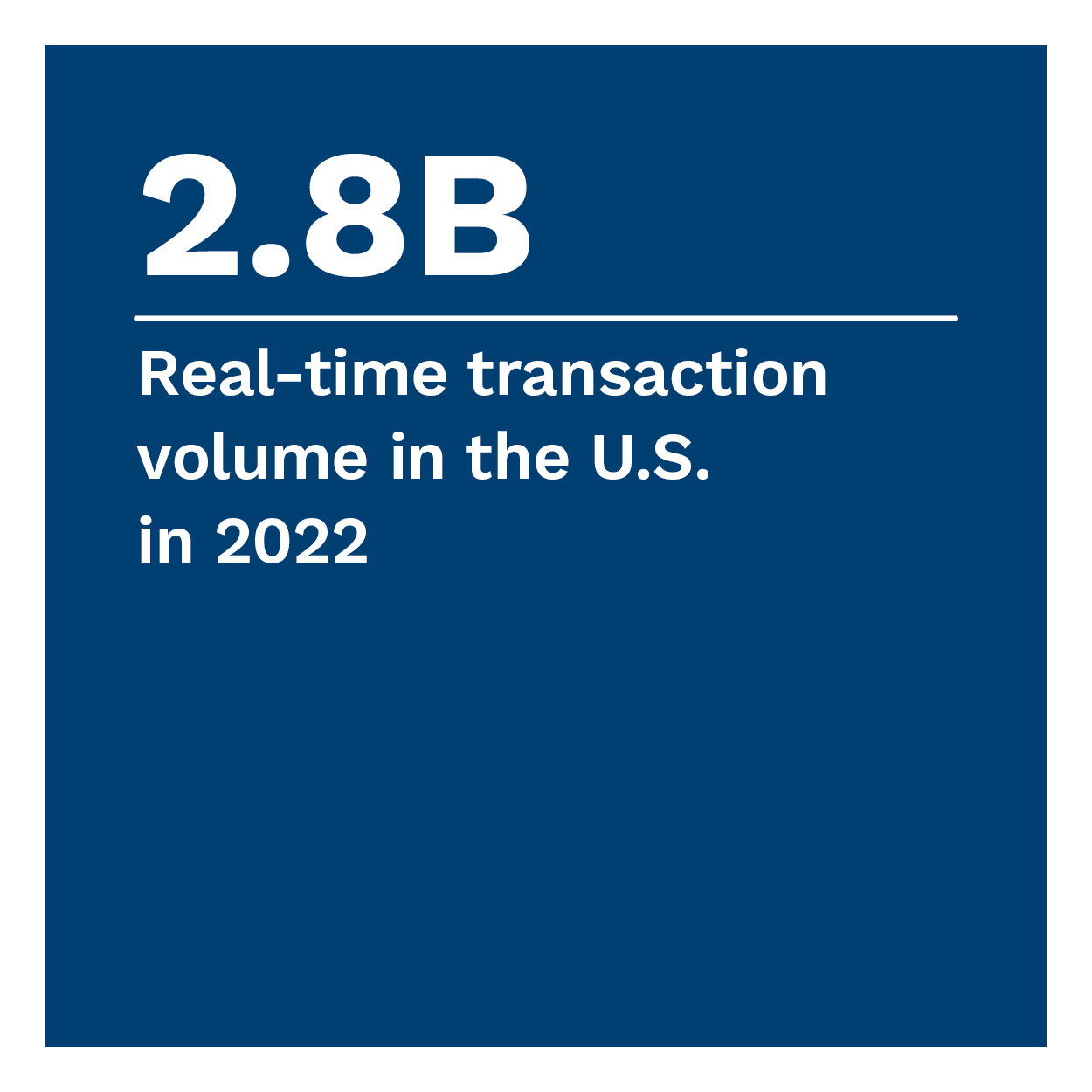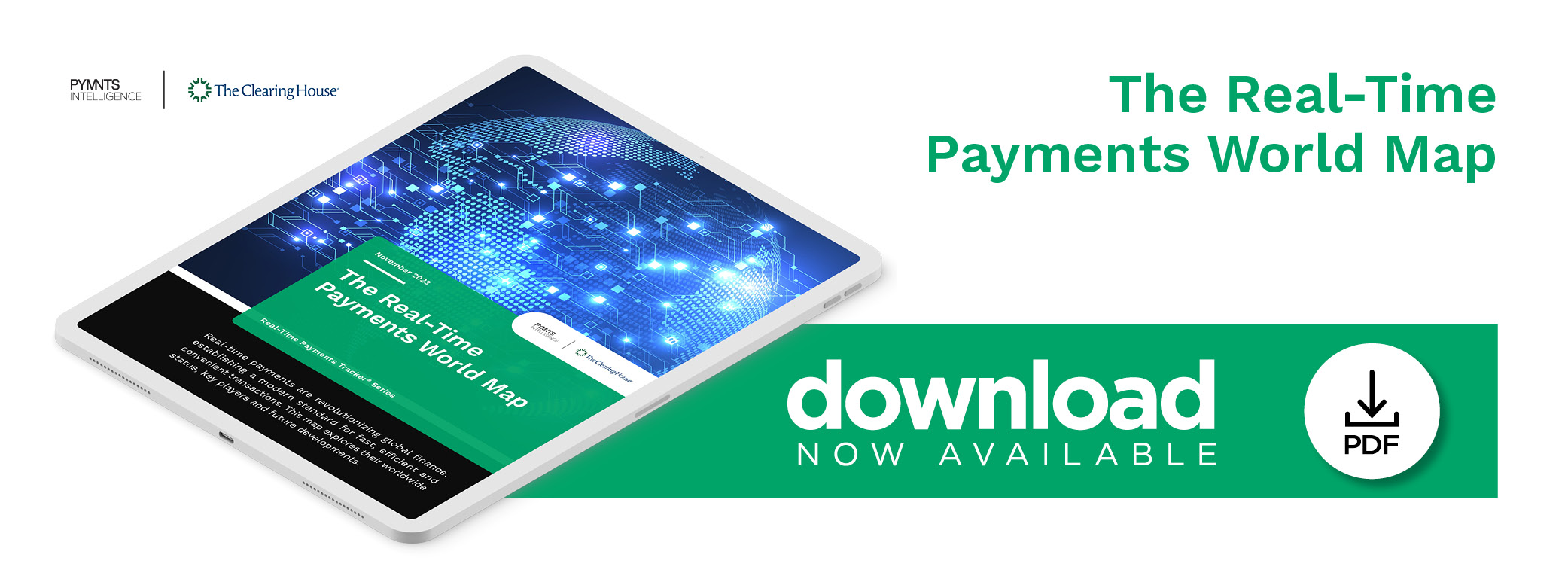US Real-Time Payments Transactions Expected to Quadruple by 2027

 Real-time payments have revolutionized how money moves in the global economy. In an era defined by rapid technological advancements and increasing consumer demand for convenience and efficiency, real-time payments, also known as instant payments, have become the modern benchmark for financial transactions.
Real-time payments have revolutionized how money moves in the global economy. In an era defined by rapid technological advancements and increasing consumer demand for convenience and efficiency, real-time payments, also known as instant payments, have become the modern benchmark for financial transactions.
Real-time payments are a type of electronic fund transfer allowing individuals and businesses to instantly move money to and from anywhere in the world, 24/7, without the typical delays associated with other types of transfers. This capability has profound implications for how consumers pay for goods and services, settle debts and manage their finances. Real-time payments are faster and more secure than traditional bank transfers, reducing the risk of fraud and providing instant confirmation of successful transactions.
At the global level, real-time payment systems have shown substantial growth in the last decade, with many countries establishing their own real-time payment networks and infrastructure. Some notable examples include the Faster Payments Service (FPS) in the United Kingdom, the Unified Payments Interface (UPI) in India, Pix in Brazil and The Clearing House’s RTP® network in the United States. These systems have altered the financial landscape by facilitating both immediate peer-to-peer (P2P) transfers and real-time settlements in the business-to-business (B2B) domain.
 The world of real-time payments is marked by ongoing evolution, with financial institutions (FIs), technology companies and regulatory bodies continuously adapting to the changing landscape. Additionally, cross-border real-time payment networks are emerging, promising to streamline international money transfers.
The world of real-time payments is marked by ongoing evolution, with financial institutions (FIs), technology companies and regulatory bodies continuously adapting to the changing landscape. Additionally, cross-border real-time payment networks are emerging, promising to streamline international money transfers.
This edition of the “Real-Time Payments World Map,” a collaboration with The Clearing House, explores the state of real-time payment systems worldwide, highlights the nations leading this space and offers insights into the anticipated developments in this realm for the years ahead. While it is difficult to predict which countries will be the next to adopt new real-time payment networks, it is evident that the future of real-time payments is poised for continuous innovation, expanded use cases and a more interconnected global financial ecosystem.


